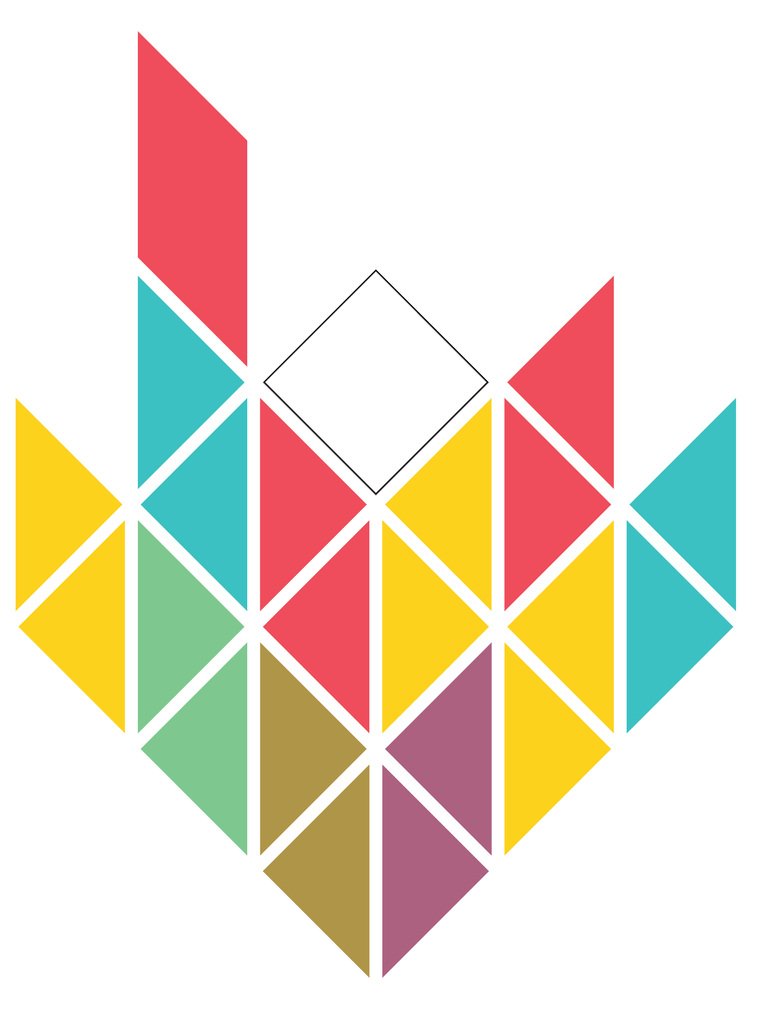Governance
Since 2016, the CEA Team follows an agile framework for management. This framework includes a series of Activities, Roles and Responsibilities we use to better govern the development of CEA and strengthen the CEA Community.
Activities
Under the oversight of our Product Lead, this section describes the series of activities we take in the CEA team.
-
Duration: 2 days
Frequency: Annually
Attendees: The CEA Team and Members of the CEA Community
Scope: The CEA Team gathers CEA users from the world once per year. CEA users are to share their user stories. The CEA Team to host workshops to plan the CEA Roadmap together with the members of the CEA Community. -
Duration: 1 hour
Frequency: Monthly
Attendees: The CEA Team and invited guests
Scope: The CEA Team members meet online to formulate short term plans and review issues. -
Duration: 1 hour
Frequency: Monthly
Attendees: Product Sponsor, Product Lead, and Scrum Master
Scope: Report and review what-is-new with CEA with Product Sponsor. -
Duration: 15 min.
Frequency: daily
Attendees: Product Lead and Scrum Master
Scope: Daily updates
Roles and Responsibilities
This section describes the series of Roles and Responsibilities of members of the CEA Team and the CEA Community.
-
The Project Sponsor is the person that has overall responsibility and accountability. His/her main responsibilities are:
1. Guarantee that our vision be successful by finding and securing the budget and ensuring that high-level organizational risks are mitigated.
2. Champion the project based on whether the work fits our research needs and overall strategy.
3. Empower the Product Lead to act for him/her on a more tactical basis.
4. Participate in Review events and product demonstrations. -
The Product Lead is the voice of the customer and performs all tactical operations. His/her main responsibilities are:
1. Guarantee our product success by acting as a conduit/facilitator for communication between the team and the outside world.
2. Define and elaborate user stories while prioritizing the backlog and accepting work when the team completes a story.
3. Break down the overall vision into feasible and tactical pieces of work for the development team to understand and create.
4. Participate in Planning and Review events. -
The Scrum Master is the servant leader and maintainer of agile practices. His/her main responsibilities are:
1. Guarantee the success of our processes by maintain all agile practices (including Activities) and communication protocols between the Development team, the Product Owner and the Product Sponsor.
2. Be a servant leader, keeping the team out of distractions and empowering them to do their work with ease.
3. Support the Product Owner on setting priorities and grooming the backlog.
4. Nurture new and existing members of the Development Team. -
The Development team is the group of individuals who build CEA. His/her main responsibilities are:
1. Create the best working software possible.
2. Design, analyze, develop, test and document new features in CEA.
3. Be Self-organized and self-directed.
4. Participate in all agile practices led by the Scrum Master. -
Anyone who joined the CEA Community through any of the seven ways listed here.
-
Friends or representitives of CEA in a university, research institution, governmental agency or design firm. Usually, a CEA ami(e) is a CEA expert. He or she is assumed to further share CEA knowledge/information among the CEAers of their affiliations or cities by arranging CEA trainings and orgnising CEA events.
